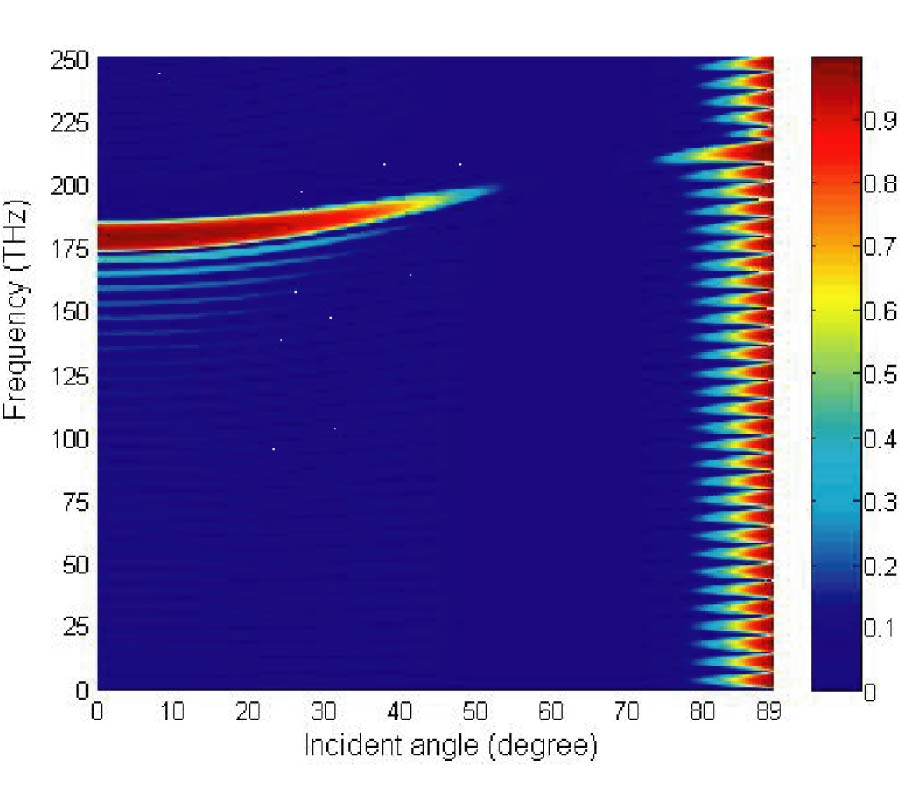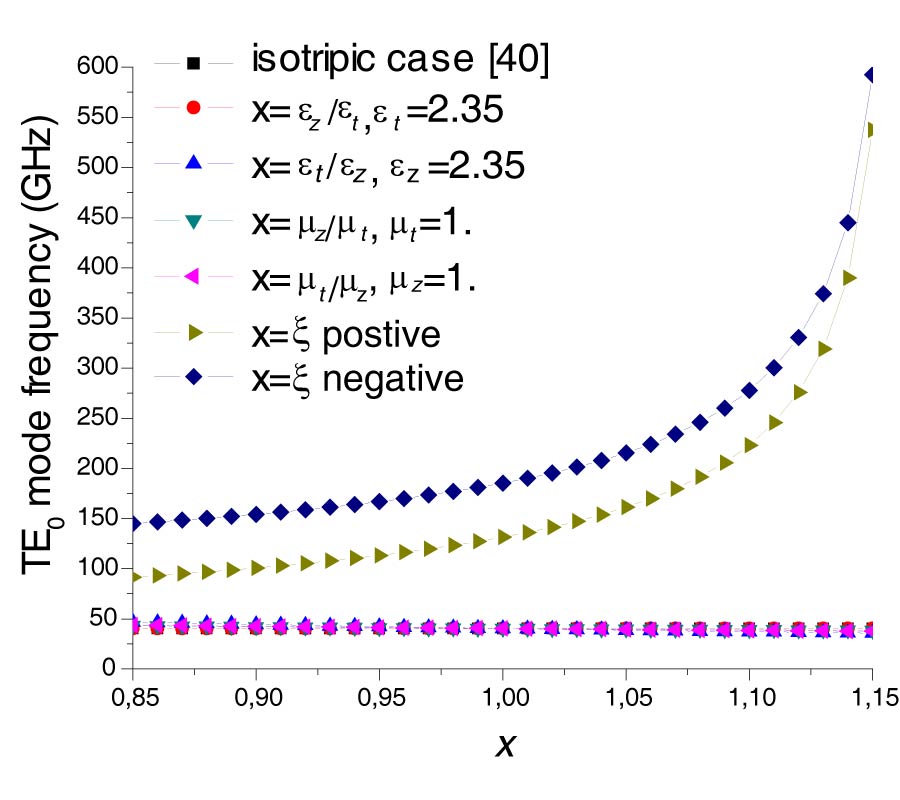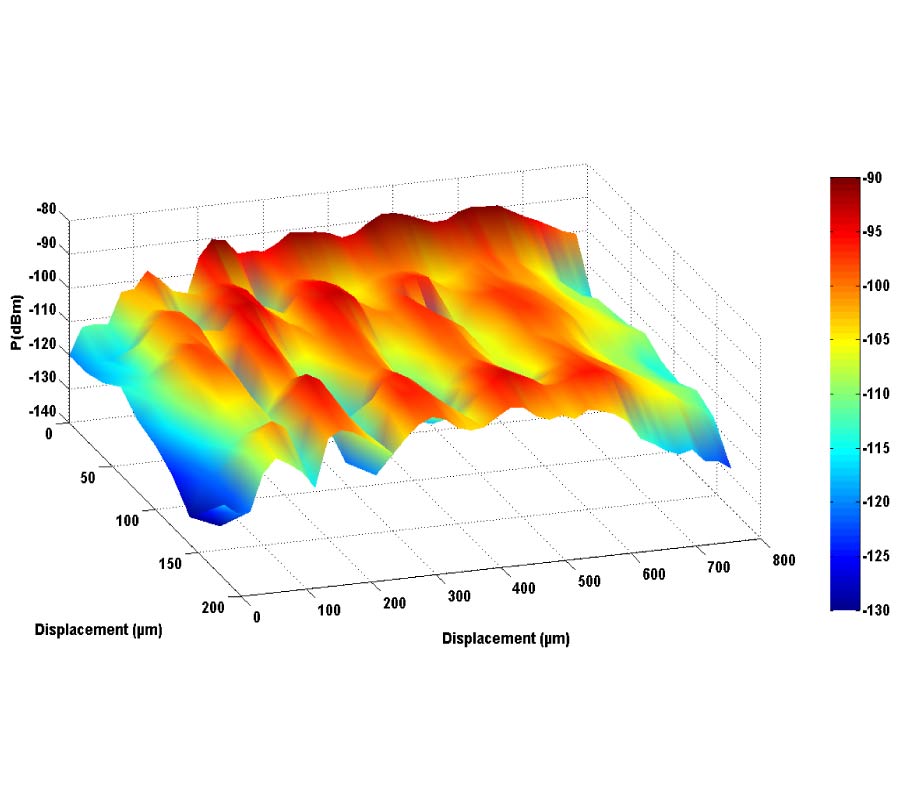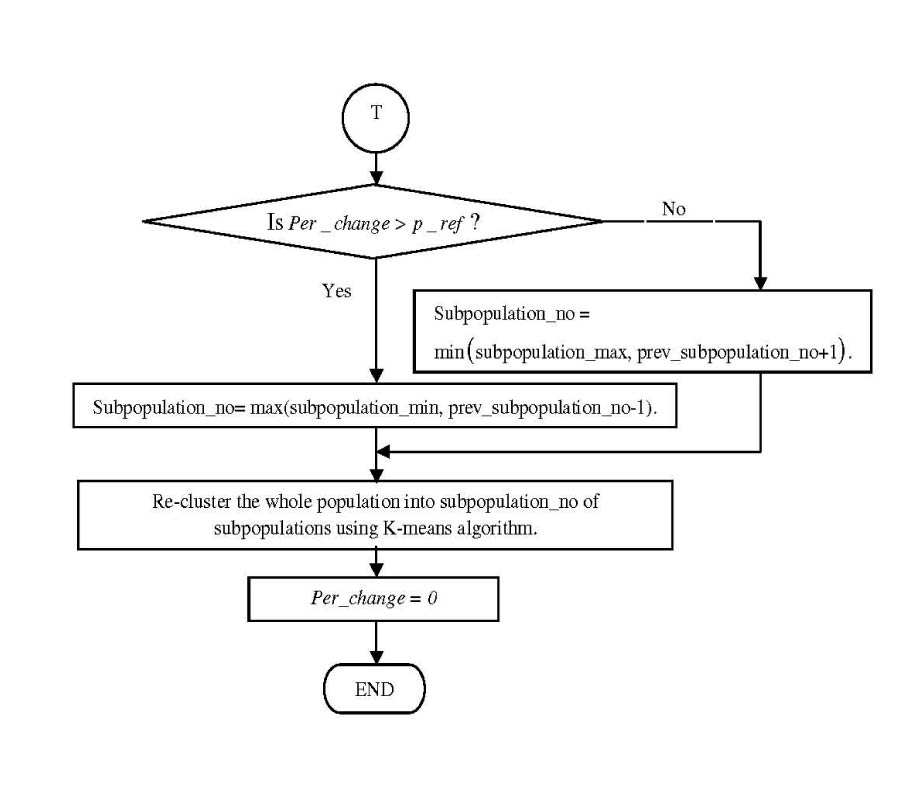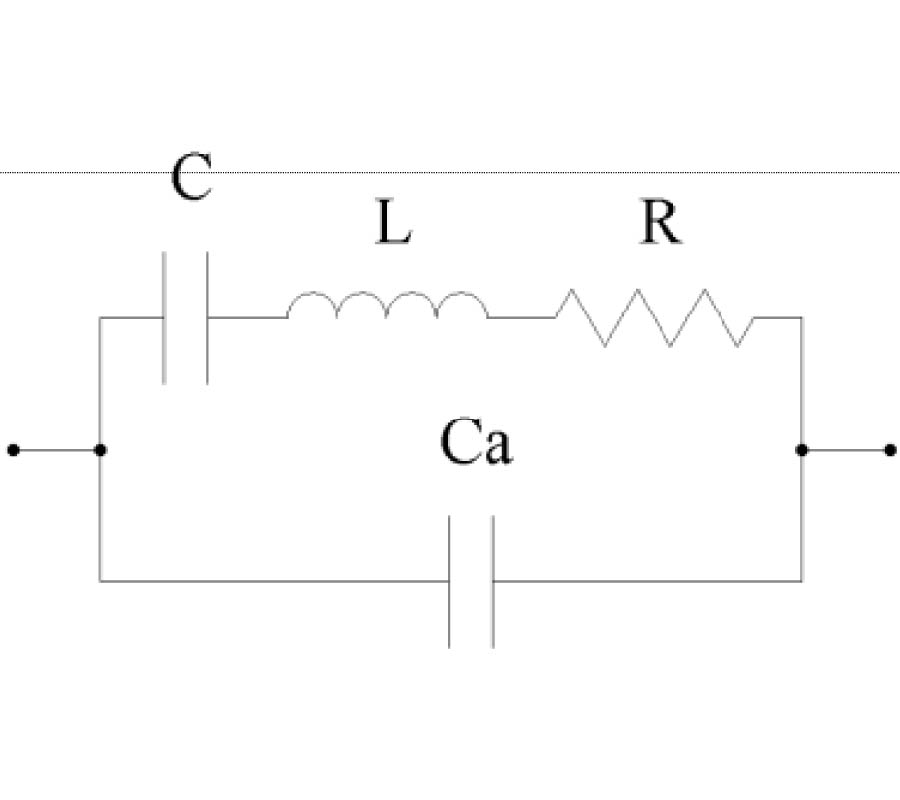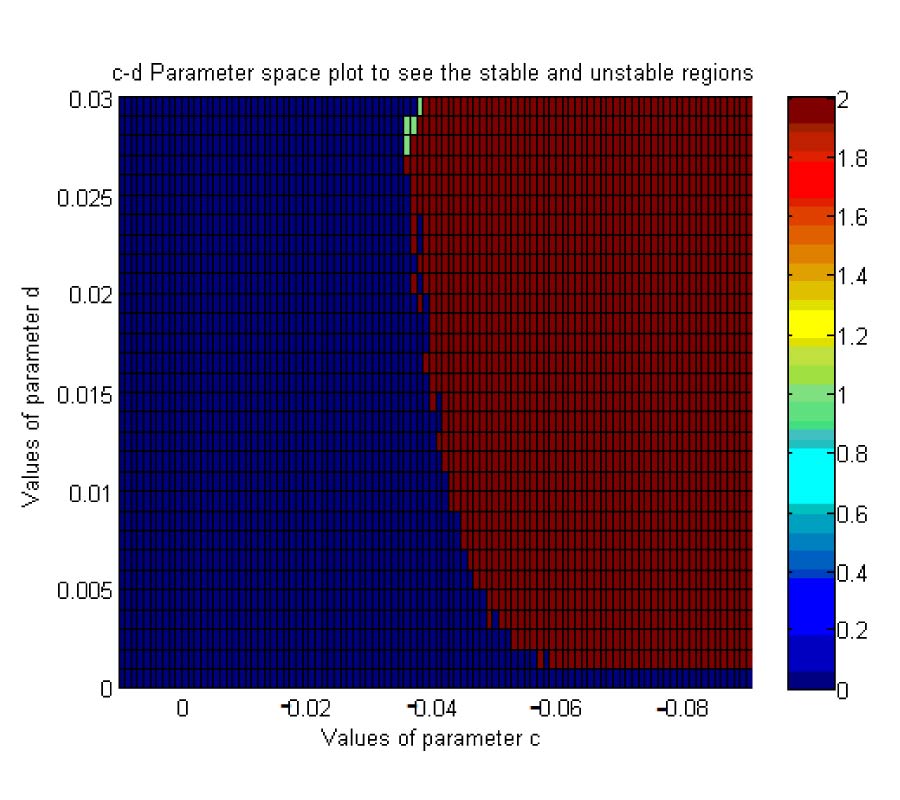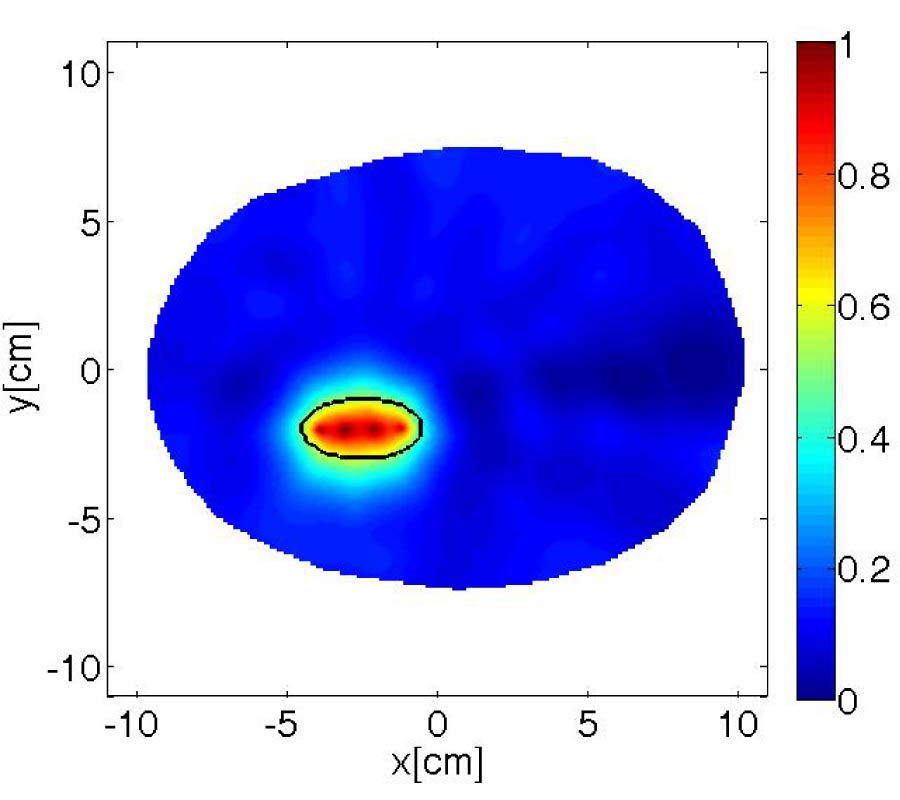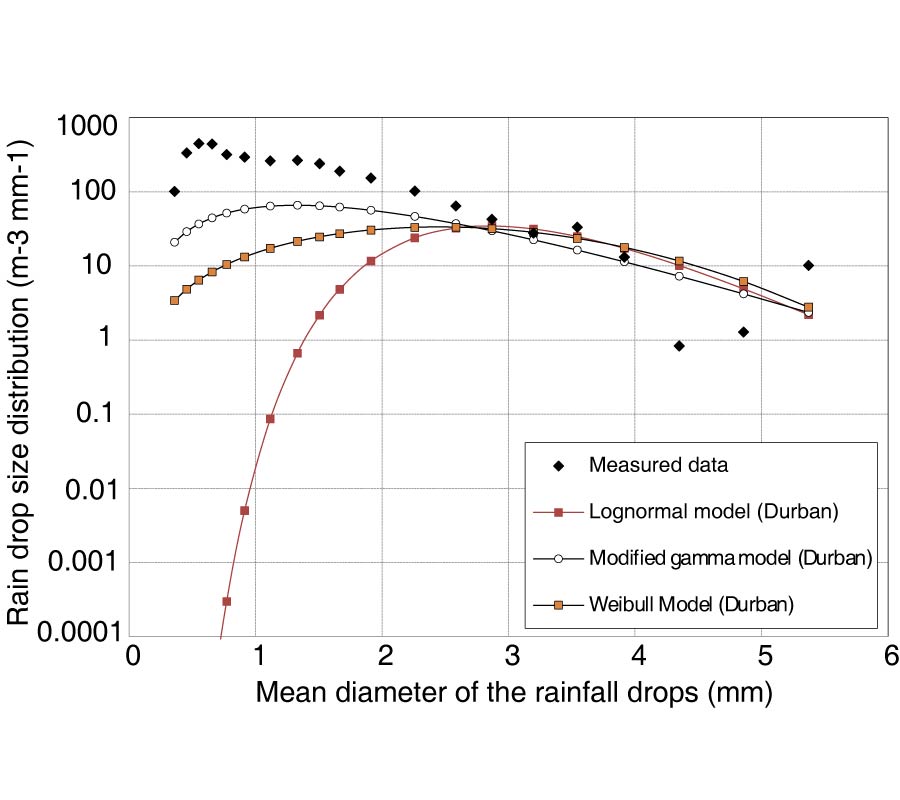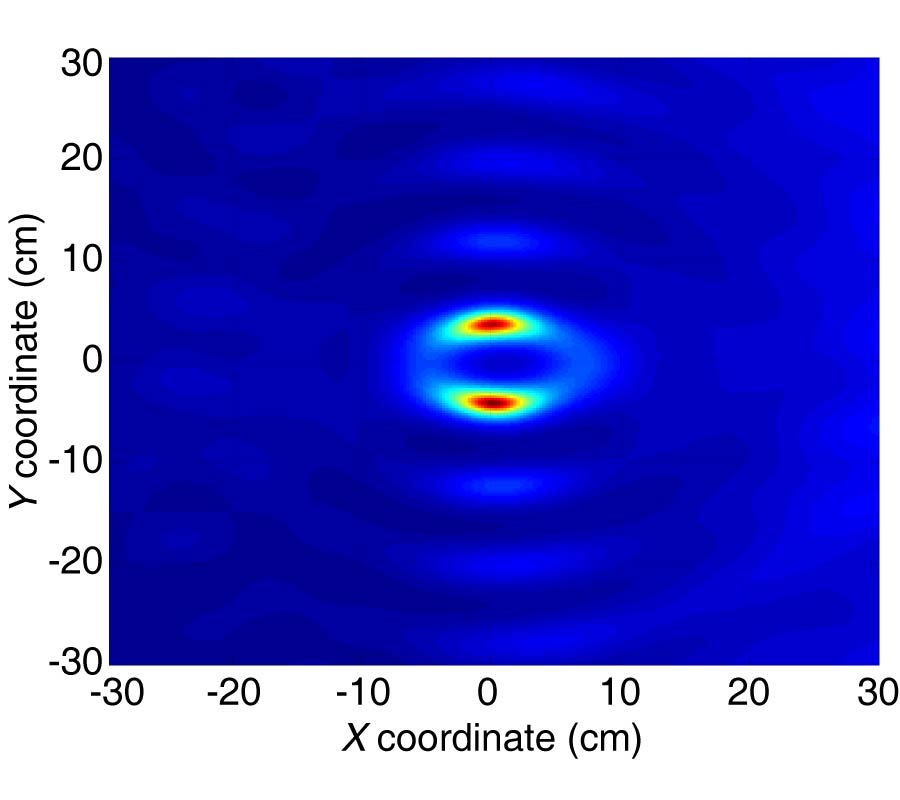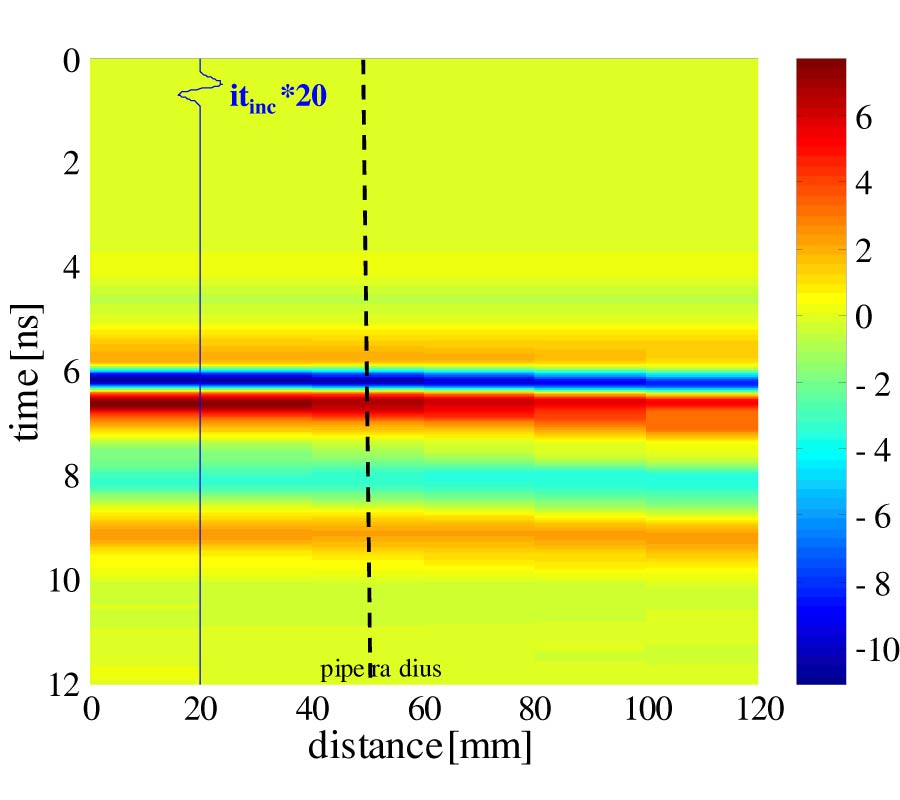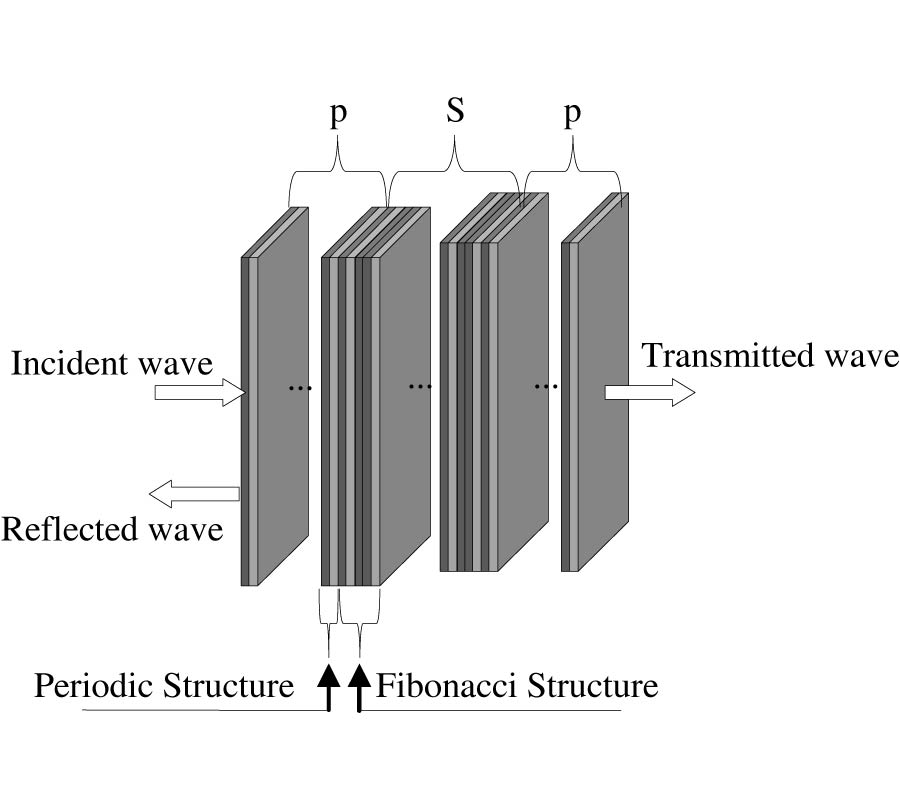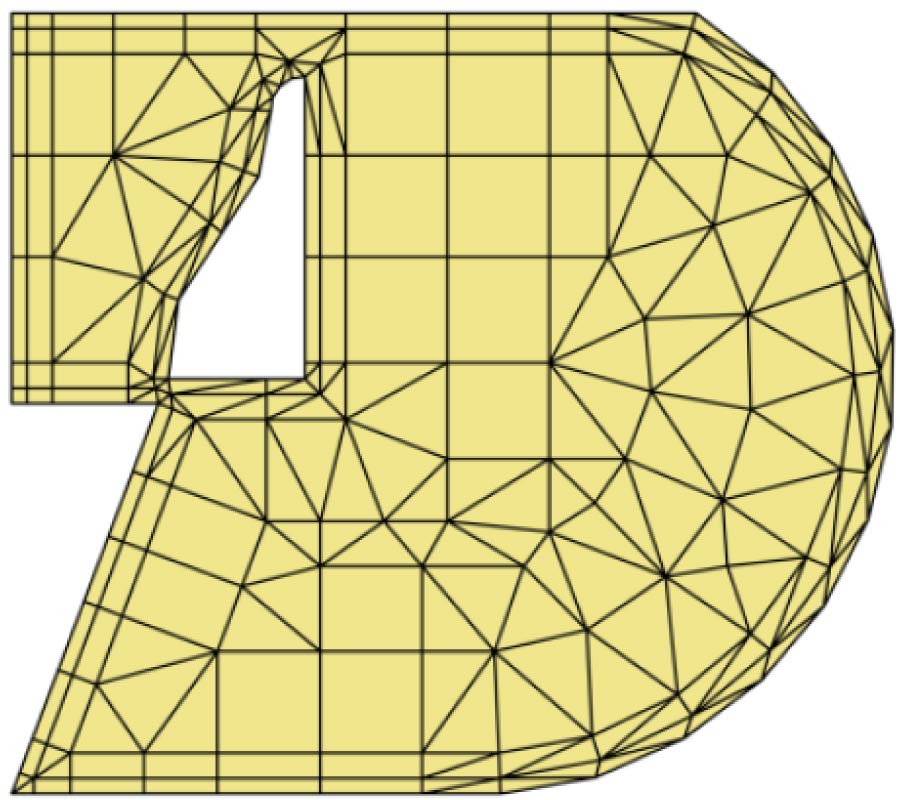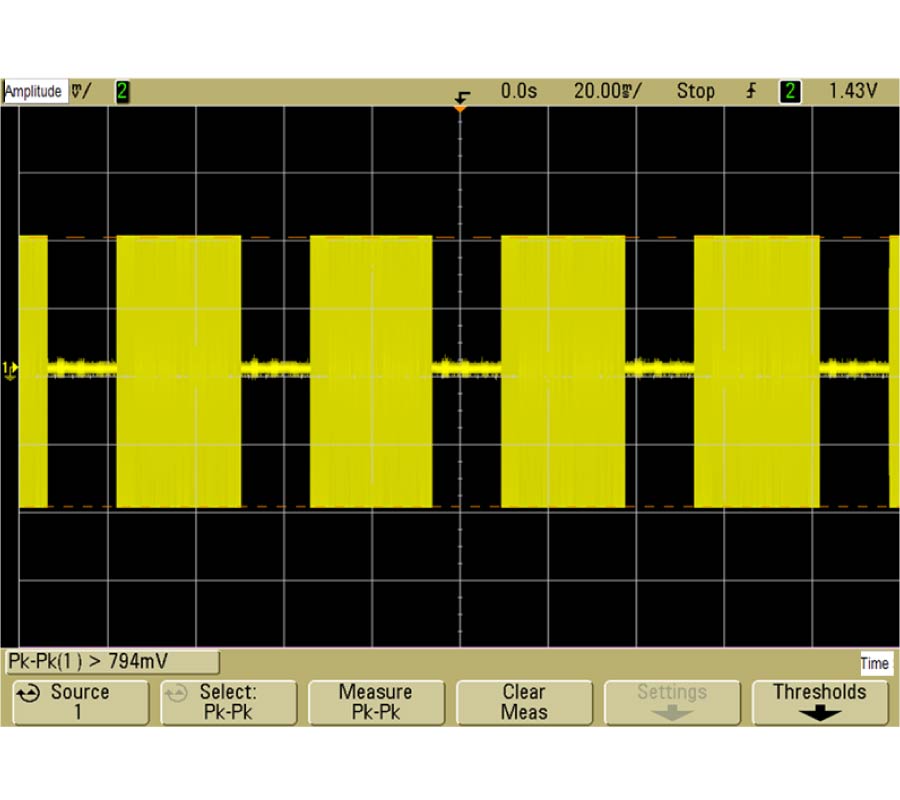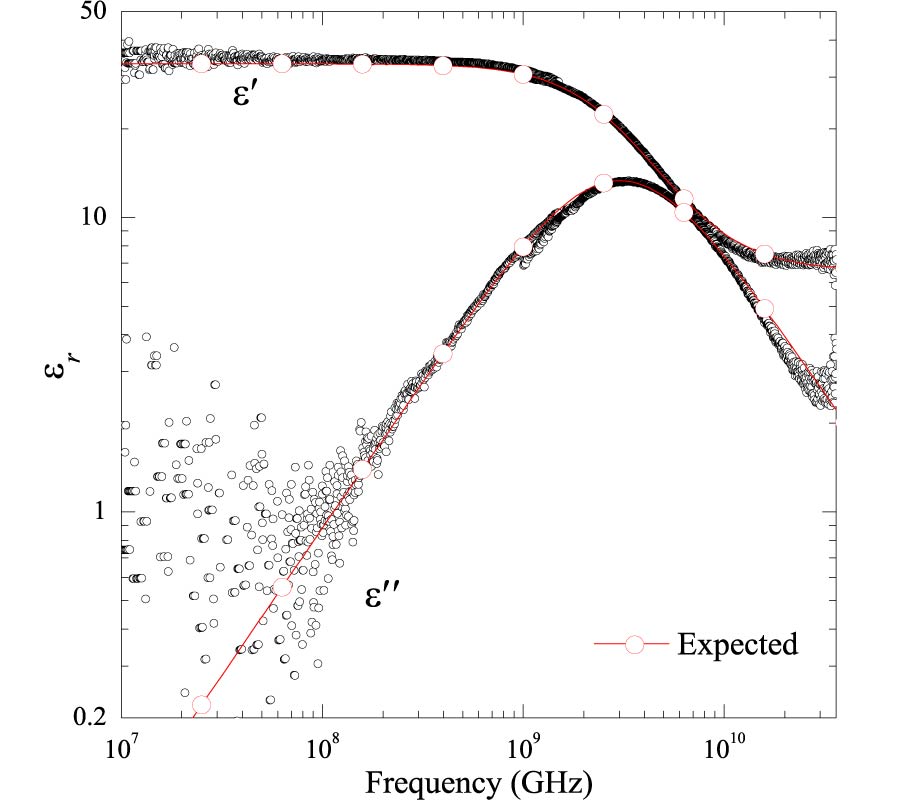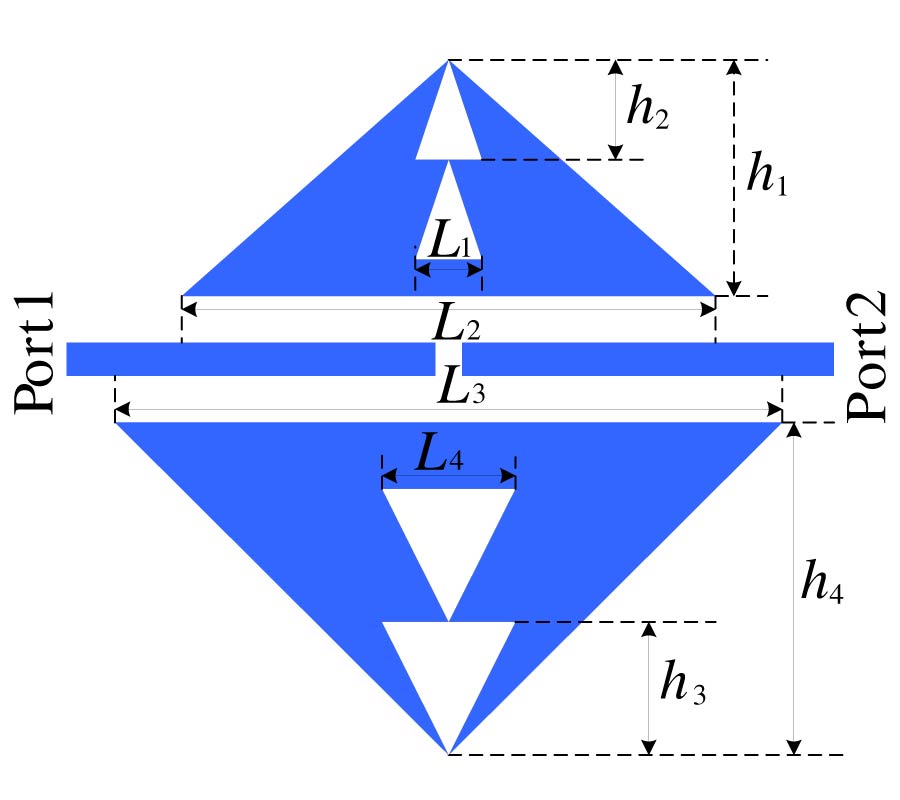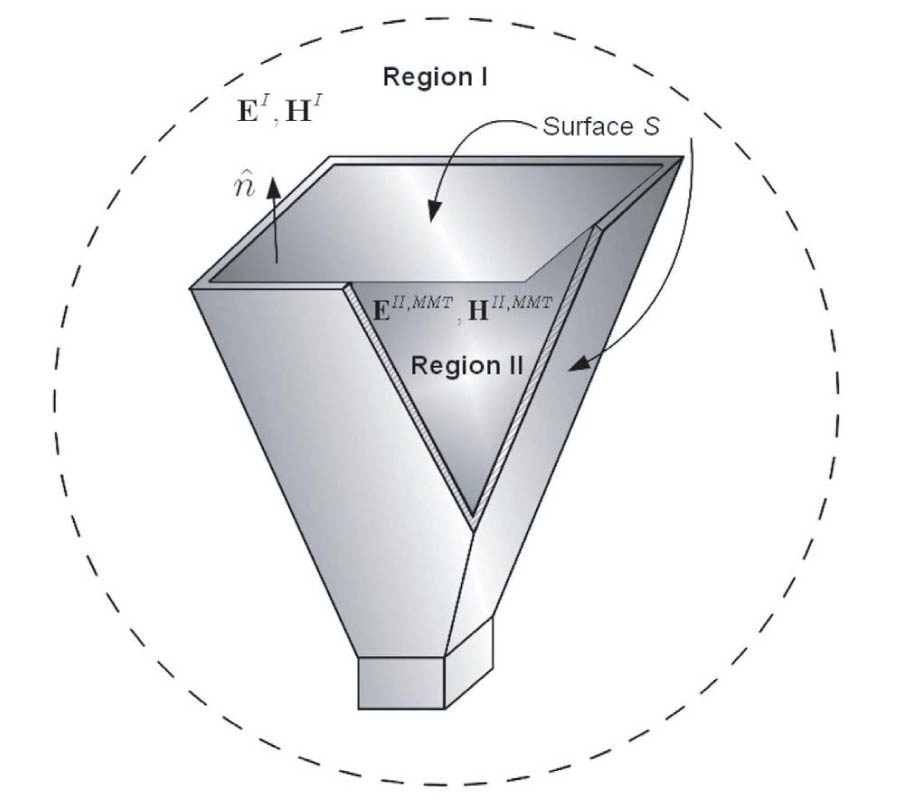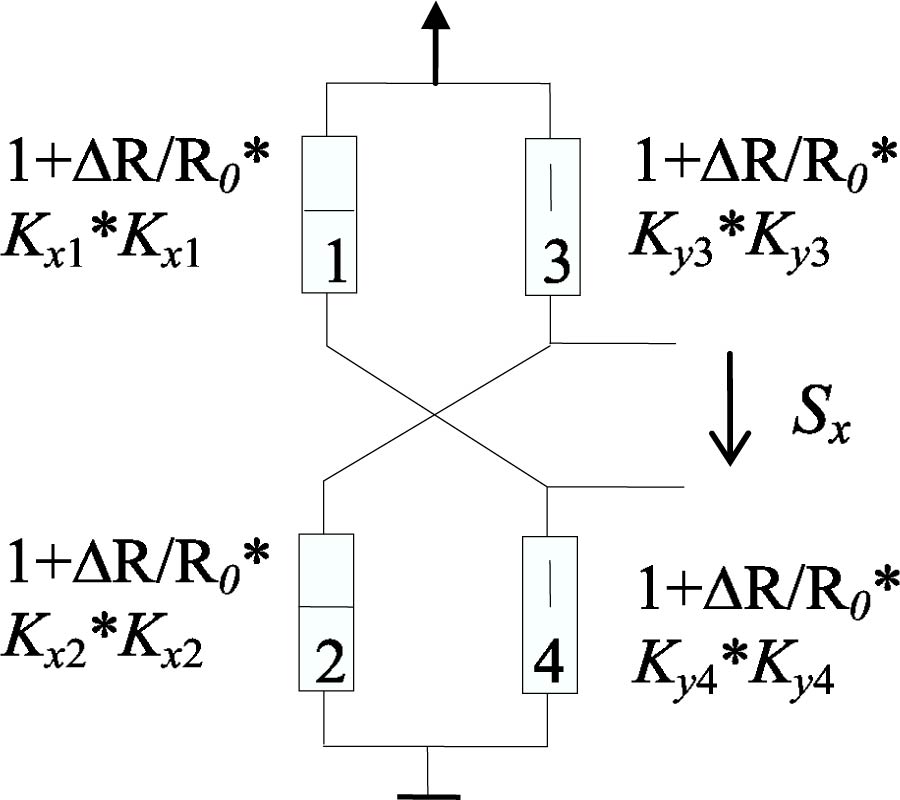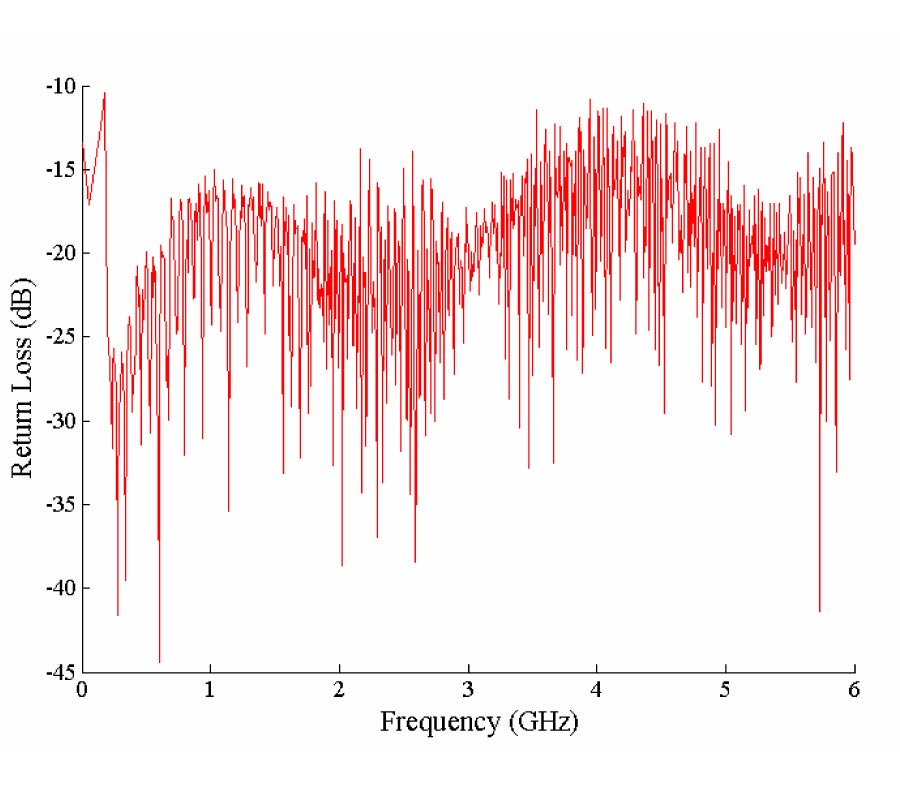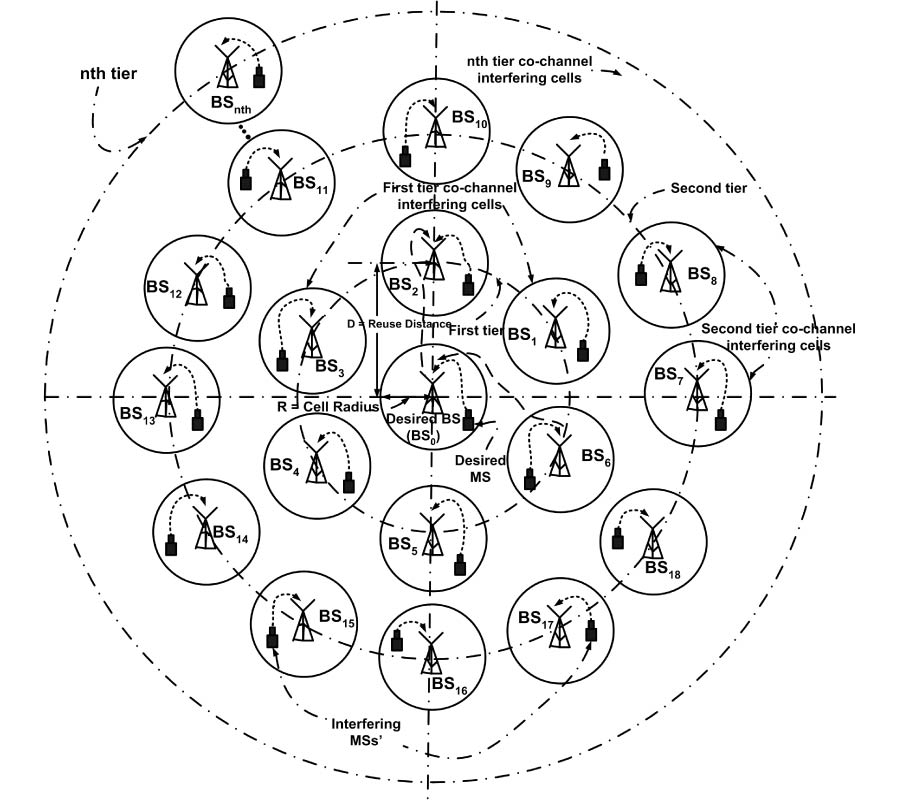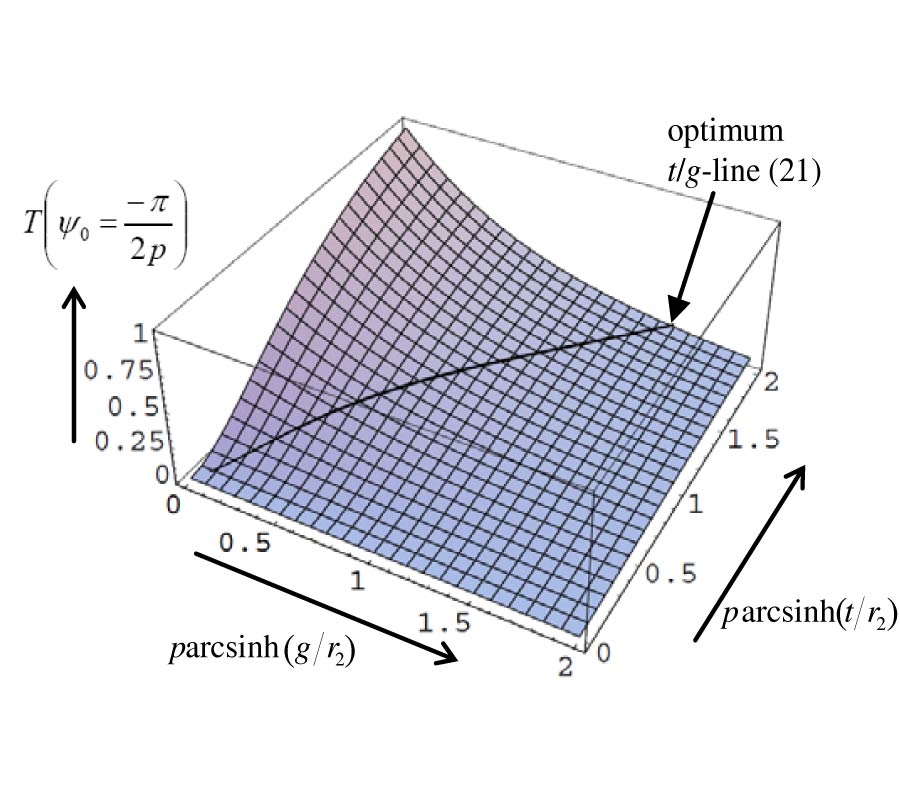Case Study of High Blood Glucose Concentration Effects of 850 MHz Electromagnetic Fields Using Gtem Cell
Nattaphong Boriraksantikul,
Kiran D. Bhattacharyya,
Paul J. D. Whiteside,
Christine O'Brien,
Phumin Kirawanich,
John A. Viator and
Naz E. Islam
The effect of 850 MHz electromagnetic radiation on diabetic blood at 2 W and 60 W power levels was investigated and compared with normal blood cells. The power levels respectively represent radiations from a cell phone and the cell phone tower, both operating 850 MHz. A GTEM cell was designed for the tests to generate the desired uniform electromagnetic field and power in a shielded environment. Blood samples, having normal and high glucose concentrations, were placed in the usable area inside the GTEM cell for 10, 30, 60 minutes and the glucose levels and red and white blood cell viabilities were monitored and compared with the controls. Results show that the 850 MHz exposure significantly influences the blood cell counts and the glucose level in both normal and high glucose blood samples. In cell survivability analysis in normal blood samples it was found that the white blood cells are significantly higher than the control at 60 min exposure from cell phone radiation, while both the white and red blood cell are significantly higher following a 30 min exposure from tower radiation. For high glucose blood tests at 30 and 60 min exposure times, the tower radiation for 60 min and the cell phone radiation at both the exposure times show significantly changes in white blood cell counts, whereas there was no effect in red blood cells. Also, for 30 and 60 min exposure times, the glucose level in normal blood samples increased from cell phone radiation and decreased due to tower radiation. Finally, in high glucose blood samples, the glucose level decreased significantly for a 30 minute tower exposure, while the glucose level increased significantly for the cell phones exposure duration of 60 min and for tower exposure duration of 10 min. Electromagnetic radiation effects on cells can be better analyzed through a combination of the frequency, power and test duration as a single factor as opposed to the effects of frequency alone.
